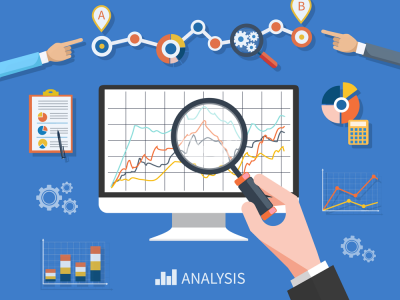Project Detail
Business applications are moving to the cloud. It’s not just a fad—the shift from traditional software models to the Internet has steadily gained momentum over the last 10 years. Looking ahead, the next decade of cloud computing promises new ways to collaborate everywhere, through mobile devices.
With cloud computing, you eliminate those headaches because you’re not managing hardware and software—that’s the responsibility of an experienced vendor. The shared infrastructure means it works like a utility: You only pay for what you need, upgrades are automatic, and scaling up or down is easy.
Unlike cloud solutions for consumers, enterprise cloud solutions have a strong focus on security, performance, high availability, and seamless integration. Only at this level are enterprises able to scale their IT resources, even at short notice, in order to reliably adapt them to the actual needs, as the cloud makes the required resources available in the form of infrastructure, platforms, or software-as-a-service. Only a cloud that meets these criteria allows dynamic deployment and versatile use of conventional enterprise applications, such as SAP software or SAP Supreme Software Technologies analysis technology. Enterprises thereby gain flexibility and can put additional resources to use at short notice without any major delays.
In their day-to-day work, users can therefore develop new future markets much more quickly, since they are able to establish and launch the required IT at shorter notice. This agile IT makes business processes more efficient and dynamic and accelerates development processes. The distance to the customer is reduced, partly because the countless snippets of information which are generated from a plethora of data formats and communication platforms can be analyzed much more effectively. It no longer matters whether the data are provided in structured or unstructured form, as big data enables the quick analysis and evaluation of everything within mere seconds. To make this possible, however, the framework conditions are critical: Effective big data is impossible without the cloud!




